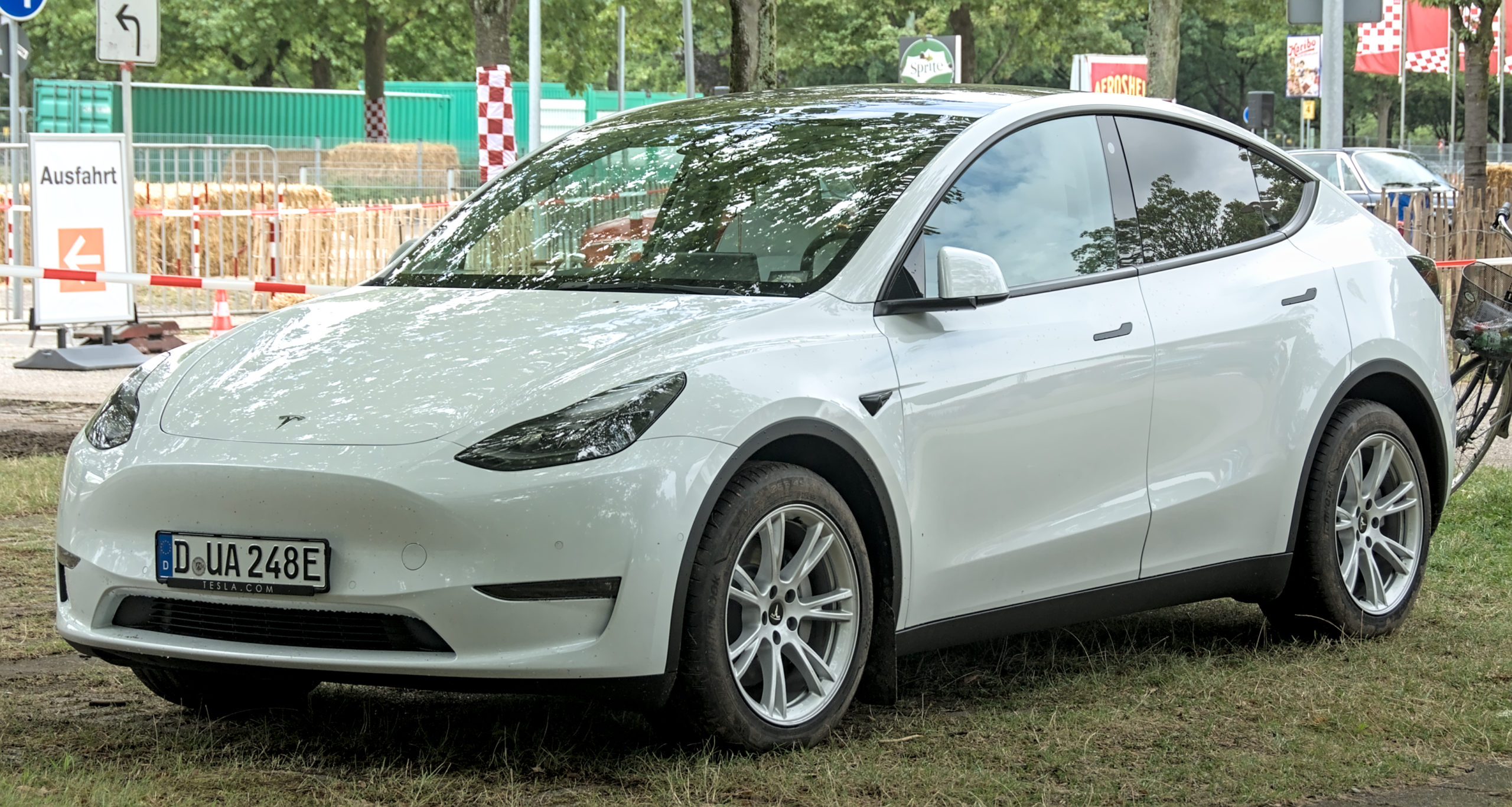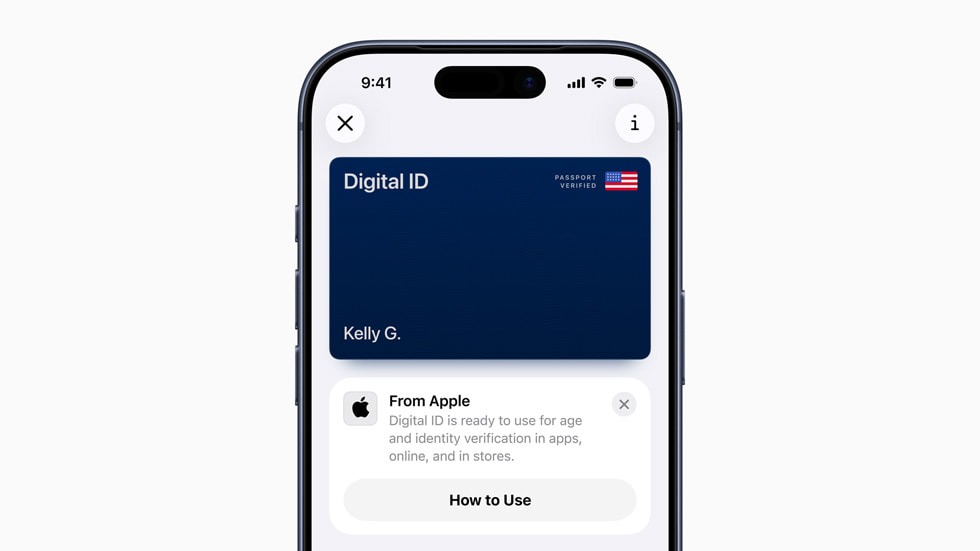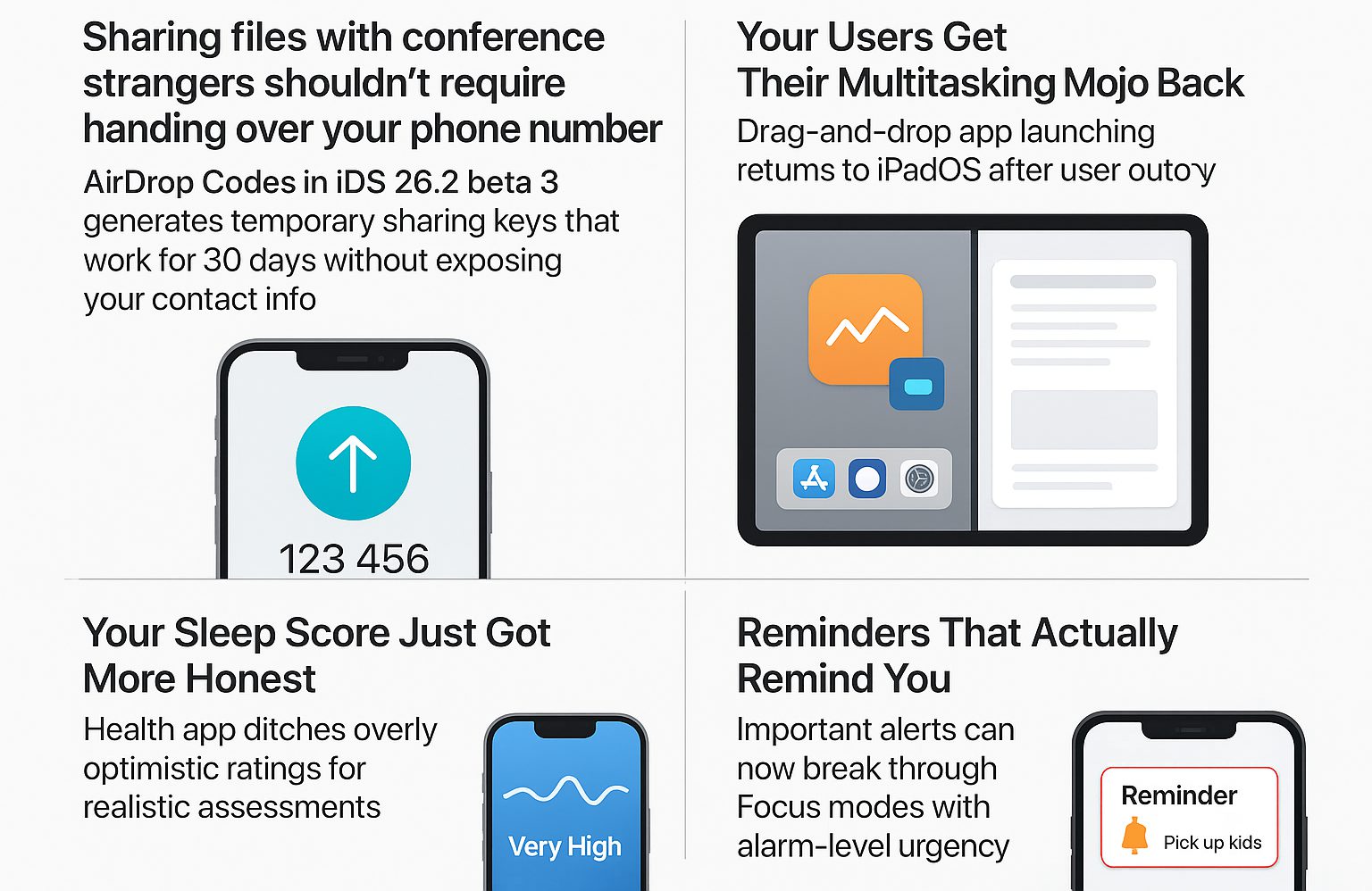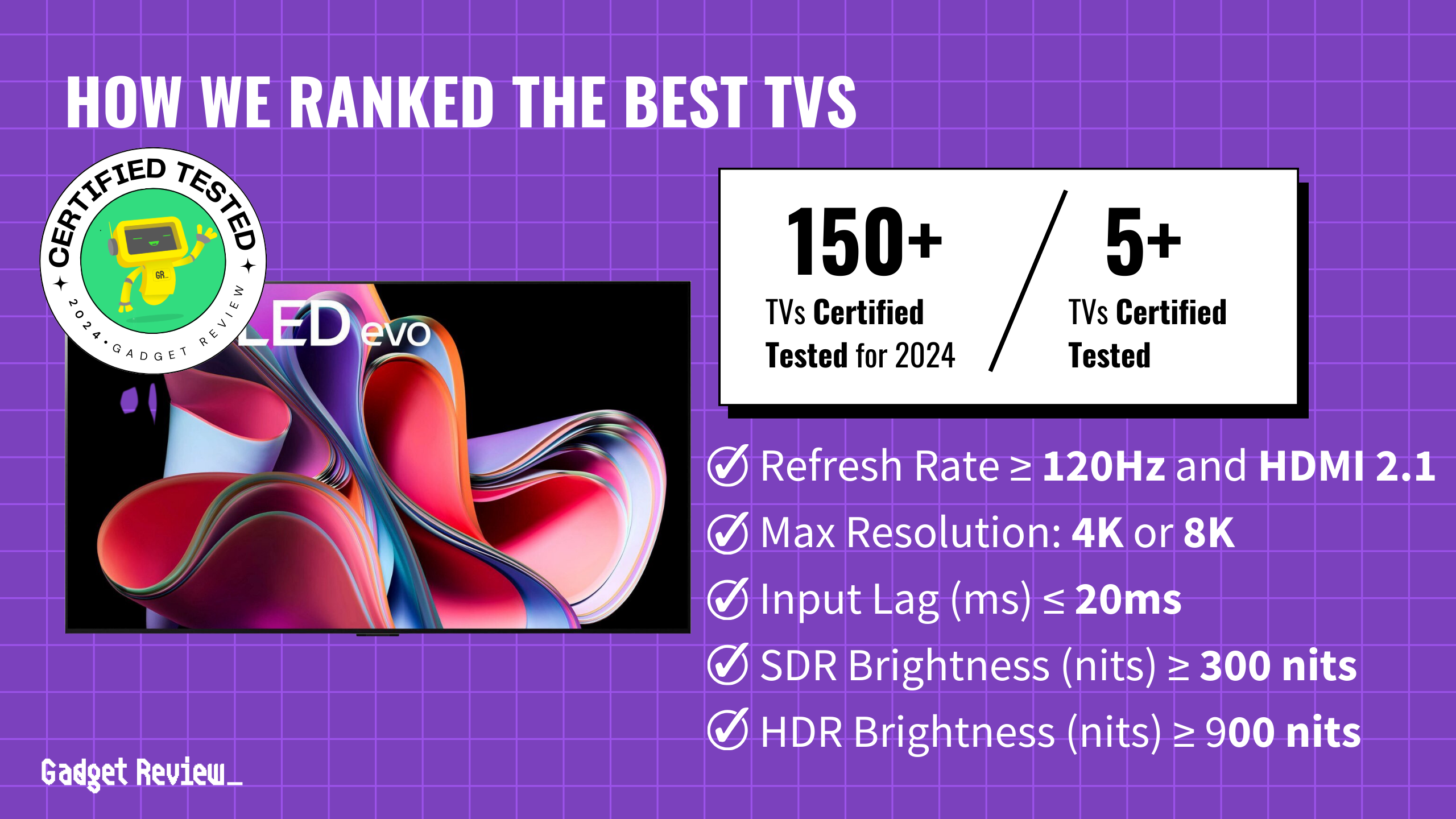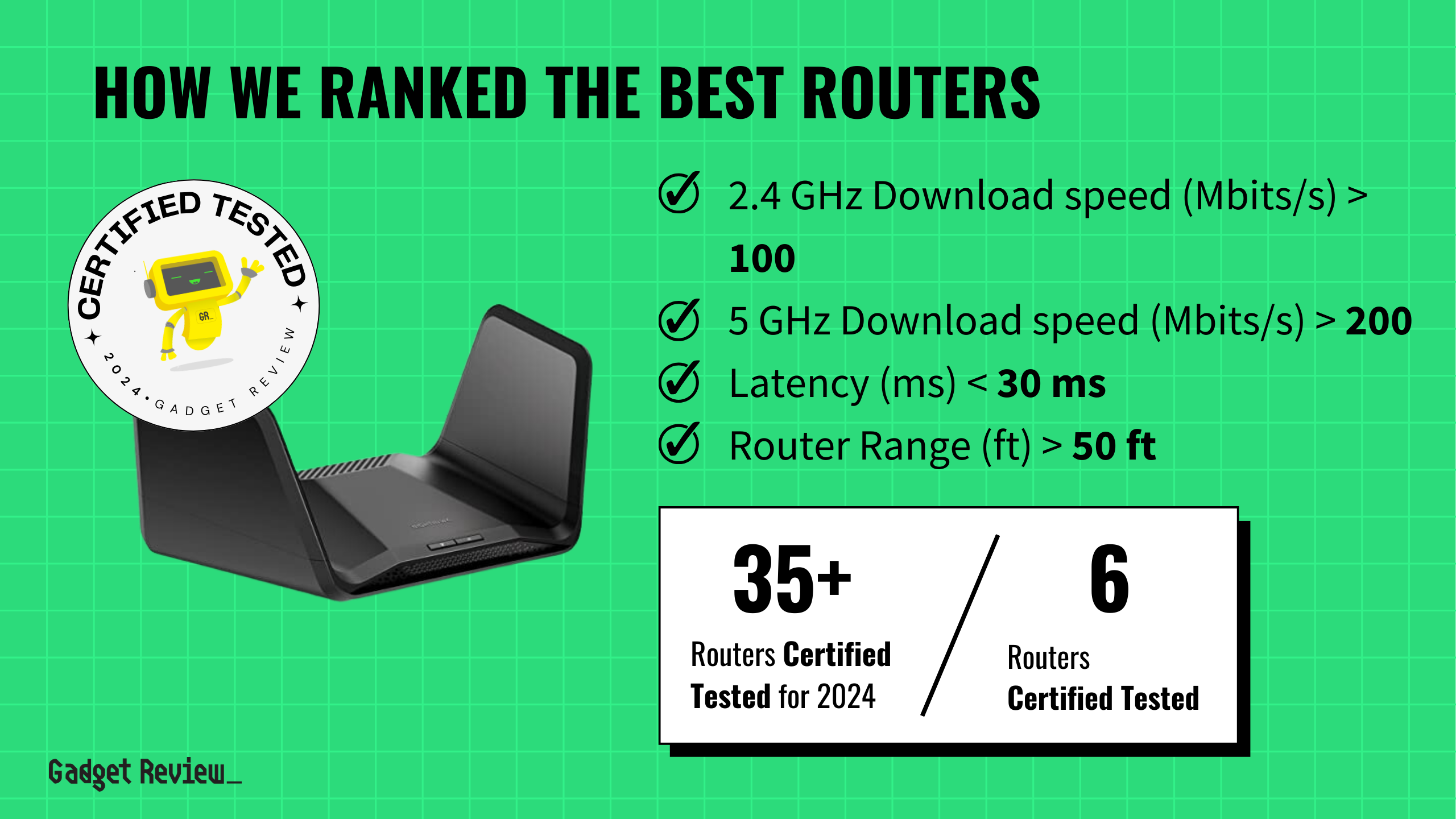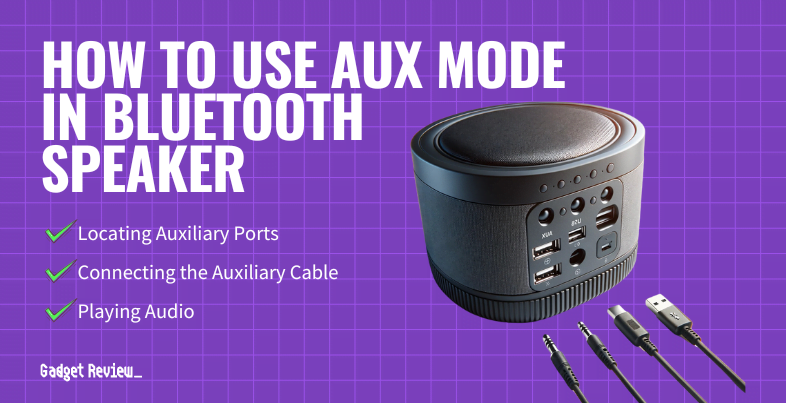When the power grid fails during the next wildfire season, you might discover the most expensive backup generator in your driveway has been sitting there all along. That Model Y or Model S parked outside contains 75-100 kWh of lithium-ion capacity—enough juice to keep your essential systems running for nearly a week under optimal conditions with careful load management.
The DIY Energy Revolution Tesla Won’t Officially Endorse
Resourceful owners bypass corporate limitations with third-party charging solutions.
Tesla’s official vehicle-to-home story remains frustratingly limited. Only the Cybertruck supports bidirectional charging through Tesla’s Powershare system, leaving millions of Model S and Y owners officially locked out of using their cars as backup power. But owners aren’t waiting for corporate approval.
Using third-party DC chargers from companies like Sigenergy, Tesla drivers in California and Australia have successfully hacked together V2H setups that transform their vehicles into emergency power stations. These aftermarket solutions void warranties and require electrical expertise, but they deliver results. Your 100 kWh Model S can theoretically power basic home needs—refrigerator, lights, Wi-Fi, phone charging—for up to five days during an outage with conservative load management.
Where Tesla’s Powerwall Actually Delivers
The dedicated home battery provides seamless backup without the EV workarounds.
Tesla’s Powerwall 3 offers what the EV setup promises but can’t quite deliver: blinkless transitions during grid failures. When PG&E cuts power to prevent wildfires, your home systems continue running without that telltale flicker that resets every digital clock in the house.
The 13.5 kWh per unit might seem modest compared to your car’s massive battery, but Powerwalls stack like LEGO blocks for extended capacity. Real-world users report weathering multi-day blackouts comfortably with paired solar panels and multiple Powerwall units, maintaining normal routines while neighbors scramble for generator fuel. The system integrates seamlessly through Tesla’s app for real-time energy monitoring and control.
The Competition Is Already Ahead
Ford and other manufacturers offer official V2H support Tesla owners can only dream about.
Here’s the awkward reality: Ford’s F-150 Lightning delivers robust vehicle-to-home functionality right from the dealer lot, while Tesla owners resort to aftermarket solutions that void warranties and require electrical expertise. Regulatory hurdles and utility resistance slow broader V2H adoption, but Tesla’s cautious approach feels increasingly outdated as grid instability becomes the new normal.
For now, your best bet for reliable home energy backup remains the Powerwall—at least until Tesla decides your car’s massive battery deserves official home integration beyond the Cybertruck’s exclusive Powershare system.


